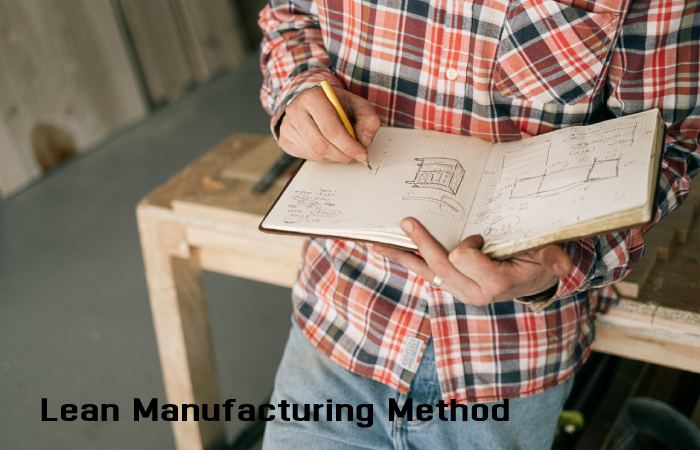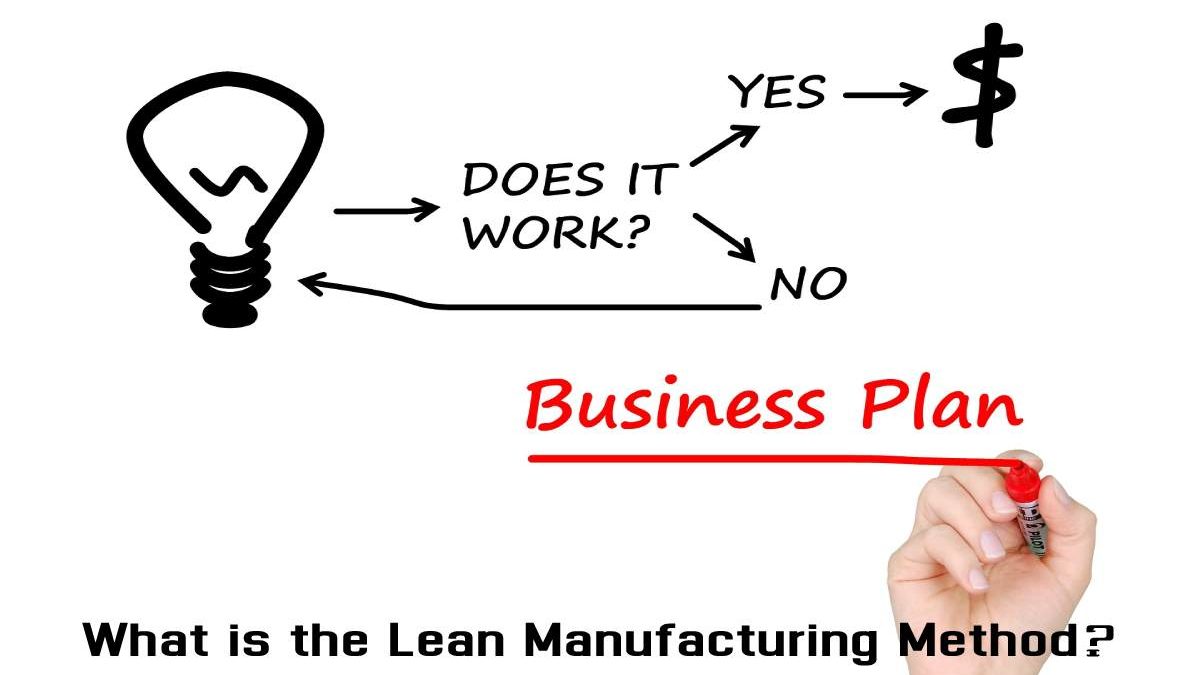Lean Manufacturing Method also called “Lean Manufacturing” (production without waste) was born in the 60s in the search to improve the production systems of the Toyota factory. Through different tools, lean Manufacturing seeks:
Table of Contents
Eliminate All Kinds Of Waste
- Constant improvement, where the KAIZEN philosophy is applied
- A stable and sustainable improvement in production time and quality
In this way, it is possible to improve production processes, eliminate waste and reduce costs to guarantee maximum customer satisfaction while achieving greater profitability.
What Are The Benefits That Lean Manufacturing Represents For Companies?
- Inventory reduction to avoid excess stock
- Decrease in production costs by 50%
- Reduction in human resources
- Machinery running as long as possible
- Removal of waste such as
- overproduction, transportation, storage, inventory, resources, and delivery time.
- Higher quality of products
- Shorter delivery time
Early detection of problems: by having a short lead time, if there is any problem, it is detected and solved earlier, allowing productivity to be improved.
How Is Lean Manufacturing Method Different Kaizen Method?
The word KAIZEN means “continuous improvement”. While lean Manufacturing seeks to eliminate the waste generated in production, the KAIZEN philosophy analyzes the production processes to make constant improvements, increase quality, and reduce costs. The latter is more focused on continuous improvement in work teams and the standardization of production processes.
The Kaizen Philosophy
KAIZEN is not a tool in itself but rather a philosophy that companies adopt. They use the ingenuity and creativity of the staff to identify the factors that could be improved and find ways to make them work better and provide more excellent value. This philosophy involves all company personnel and keeps them motivated, always looking for possible improvements in all organization sectors. Thanks to continuous improvement, the KAIZEN method is considered the key to the competitiveness of companies.
It is Based On Commitment, Perseverance And Discipline.
The KAIZEN method uses the Deming circle, also called PDCA, as a tool to detect problems and optimize processes. It consists of 4 steps:
- Planning: an analysis of the problem is carry, and the action plan is decide
- Execution: The improvement made and a record made
- Verification: After some time, the results obtained are analyze
- Action: If necessary, another modification is made to achieve the desire results.
If you want to learn process improvement methodologies, at CETYS Continuous Education, you will learn everything you need through our Six Sigma Green Belt Certification
Part of intelligent logistics for manufacturing processes is having an efficient optimization process. In additio in addition to considering maintenance, this “operational cleaning” process is known as lean Manufacturing. It is one of the best practices for today’s industries, and its implementation can visibly improve average production processes.
Logistics For Manufacturing Processes
Part of intelligent logistics for manufacturing processes is having an efficient optimization process. It means that resources or processes that are not useful are eliminate in addition to considering maintenance. This “operational cleaning” process is known as lean Manufacturing. It is one of the best practices for today’s industries, and its implementation also can visibly improve average production processes.
Lean Manufacturing was born in Japan and represent a very particular philosophy of work in which the following are consider:
- An improvement in production processes
- Consideration of workers and human resources
- The conscious optimization and cleaning of production waste
- Lean Manufacturing was born in Japan and represented a very particular philosophy of work in which the following are consider:
- An improvement in production processes
- Consideration of workers and human resources
- The conscious optimization and cleaning of production waste
Lean Manufacturing Objectives
The main object of Lean Manufacturing is to implement a philosophy of Continuous Improvement that allows companies to reduce costs, also improve processes and eliminate waste to increase customer satisfaction and maintain profit margins.
Lean Manufacturing provides companies with tools to endure in a global market that demands higher quality, faster delivery at also lower prices, and the quantity required.
- Reduces the chain of waste dramatically
- Reduces inventory and space on the production floor
- Create more robust production systems
- Generates appropriate material delivery systems
- Improve floor layouts to increase flexibility
What are the Benefits of Lean Manufacturing Method?

Some of the most prominent benefits of applying this manufacturing philosophy are:
- A substantial reduction in overall production costs
- Improvement in the quality of production systems
- Better use and efficiency of equipment and machinery
- Cleaning processes in production, transportation, inventories and quality control.
- Some applications of lean Manufacturing
One of the most used resources in this type of Manufacturing is the modular system. It is a perfect solution for this type of Manufacturing because it is suitable for optimizing many factors.
For example, one of the factors that lean Manufacturing seeks is the optimization of workspaces. With modular systems, it is possible to save space actively. Due to its design, modular resources allow rooms to be reassign and even generate new work areas.
Conclusion
Another example is the reduction in interruptions while working. Reducing activities in some workspace regions is essential to create safety and avoid waste in production. Lean Manufacturing enables industries to adapt to the high demands of also the current market. Companies with many lines of business can significantly benefit from this work philosophy.

